As she sat at her desk, staring blankly at the lines of code streaming across her screen, Emily couldn't help but feel a sense of unease. She was an AI engineer at a medium-sized ad agency, working on non-generative machine learning models that predicted ad performance. It was a job she loved, but lately, it felt like the agency was pushing her to do more with AI, to integrate it into every aspect of their work. The problem was, Emily wasn't convinced that was a good idea.
The agency's senior and mid-level managers seemed to be under pressure to adopt AI solutions, and they were pushing their teams to get on board. But Emily had seen the way AI was being used in other industries - to automate jobs, to replace human workers, and to create new forms of exploitation. She didn't want to be a part of that.
As she pondered her situation, Emily realized she wasn't alone. Many workers were feeling the same way, forced to navigate a rapidly changing work landscape where AI was being shoved down their throats. But what could they do about it?
To understand the scope of the issue, it's helpful to look at the broader context. The integration of AI into the workplace is happening at an unprecedented rate, with many companies racing to adopt the technology in order to stay competitive. But this push for AI adoption is not without its problems. As Sigal Samuel, a senior reporter for Vox's Future Perfect, notes, "The integration of AI into the workplace is not just a technical issue, but a deeply social and economic one. It raises questions about the future of work, and the kind of society we want to create."
For Emily and her colleagues, the issue is personal. They're being asked to work with AI systems that are increasingly sophisticated, but also increasingly opaque. They're being told to trust the data, to trust the algorithms, but they're not being given the tools or the training to understand how these systems work.
"It's like being asked to drive a car without knowing how the engine works," says Emily. "You're being asked to trust the system, but you don't have any control over it. And that's a really scary feeling."
So what can workers do to fight back against the integration of AI into their workplaces? One approach is to build a movement, to create a collective voice that can push back against the pressure to adopt AI. This is exactly what Emily and her colleagues are trying to do.
"We're not just talking about resisting AI, we're talking about creating a new kind of workplace culture," says Emily. "One that values human workers, and recognizes the value of their skills and experience. We're talking about creating a workplace where AI is used to augment human capabilities, not replace them."
It's a tall order, but it's not impossible. As Samuel notes, "The resistance to exploitative AI is not just a technical issue, but a deeply social and economic one. It requires a fundamental shift in the way we think about work, and the kind of society we want to create."
For Emily and her colleagues, the fight is just beginning. But they're not alone. As more and more workers begin to speak out against the integration of AI into their workplaces, it's clear that a movement is building. And it's a movement that could change the course of history.
As Emily puts it, "We're not just fighting against AI, we're fighting for a future where human workers are valued and respected. We're fighting for a future where AI is used to augment human capabilities, not replace them. And we're fighting for a future where workers have a say in the kind of society we want to create."
The question is, will they succeed? Only time will tell. But one thing is certain: the future of work is being written right now, and it's up to us to decide what kind of society we want to create.
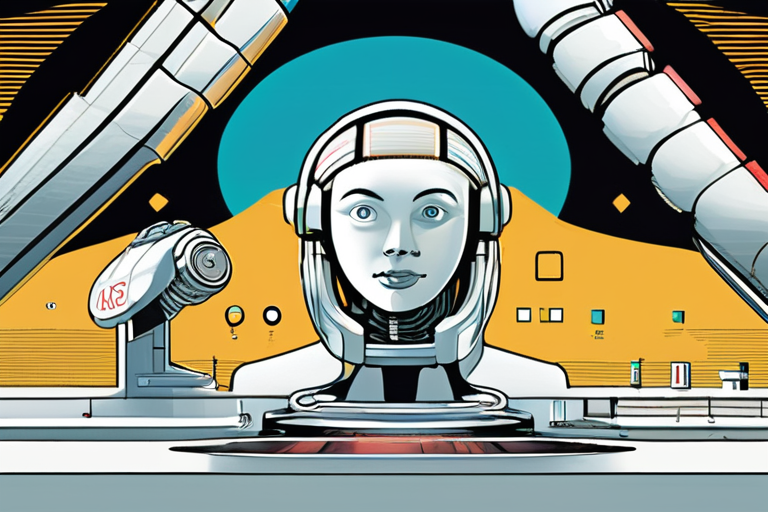


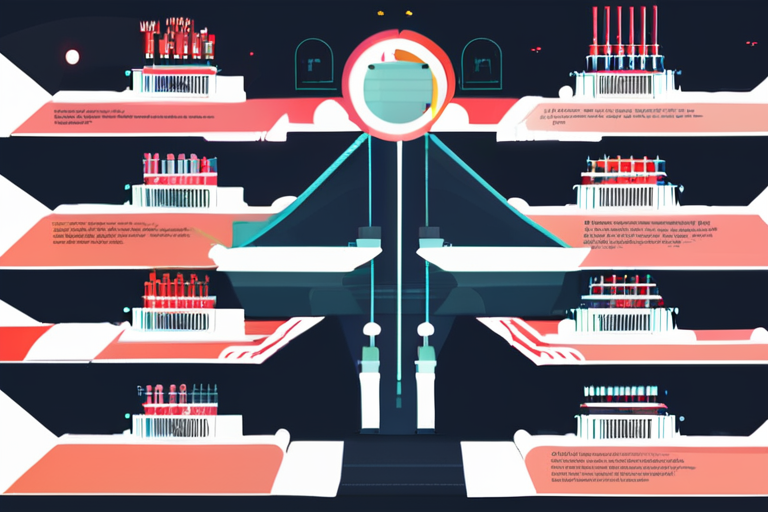



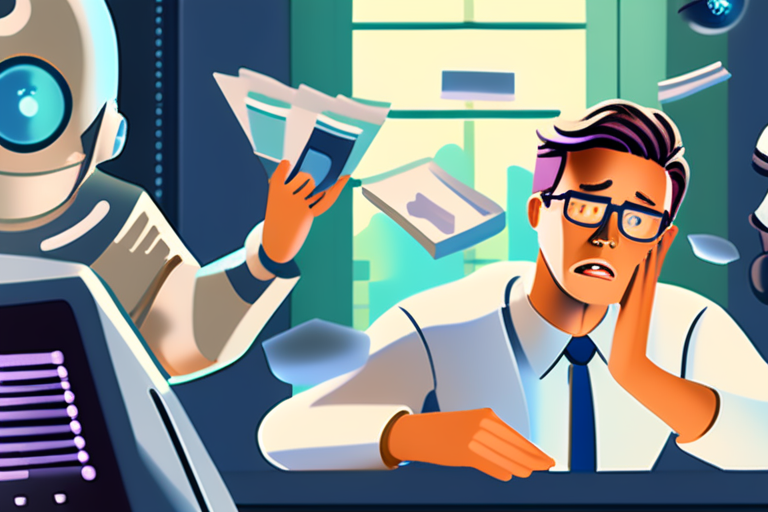
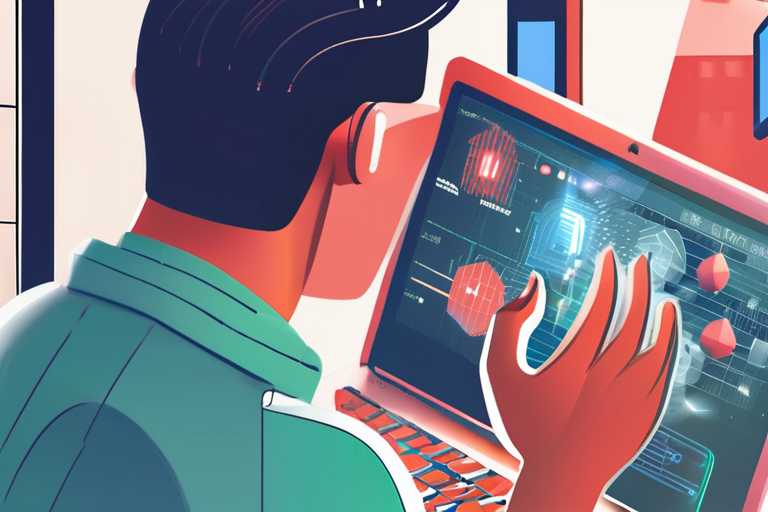
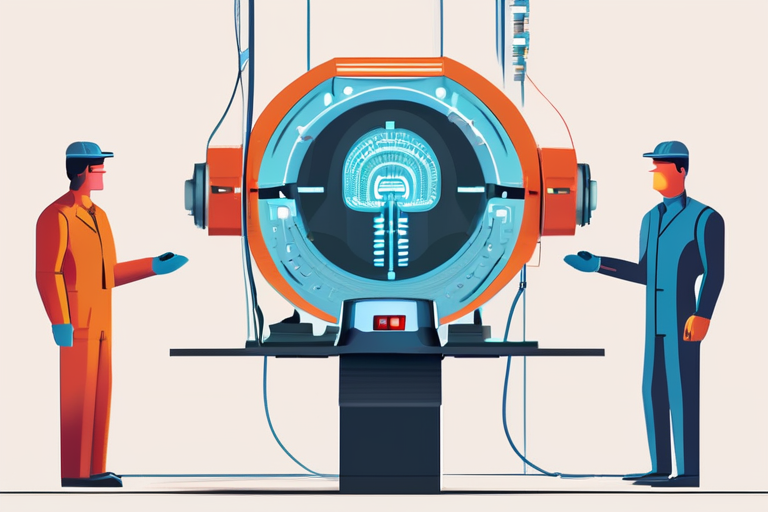
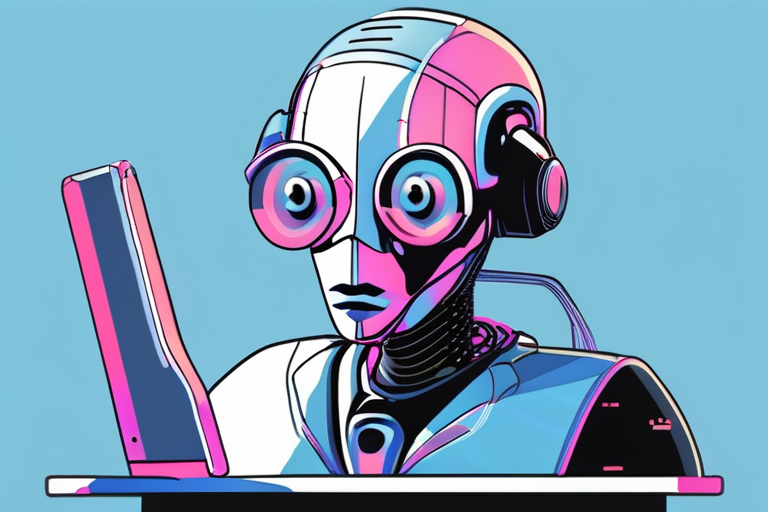

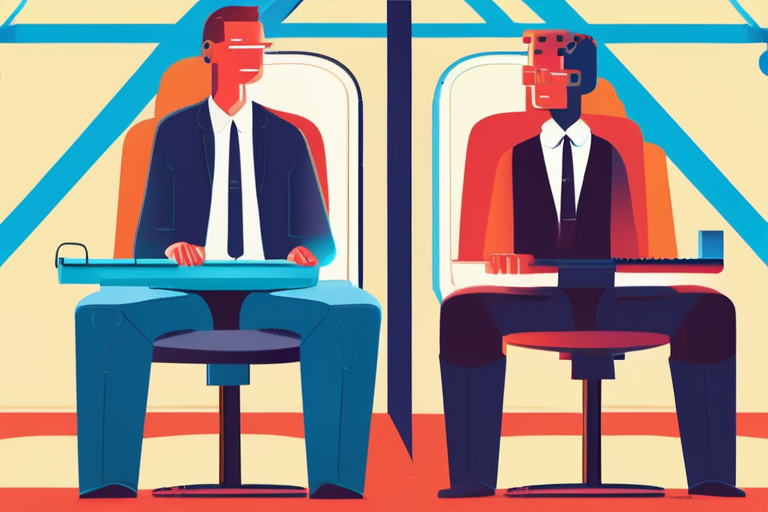

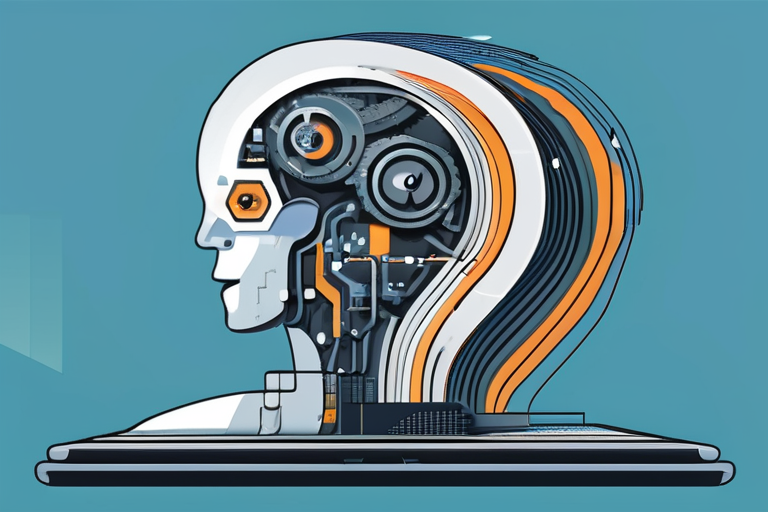

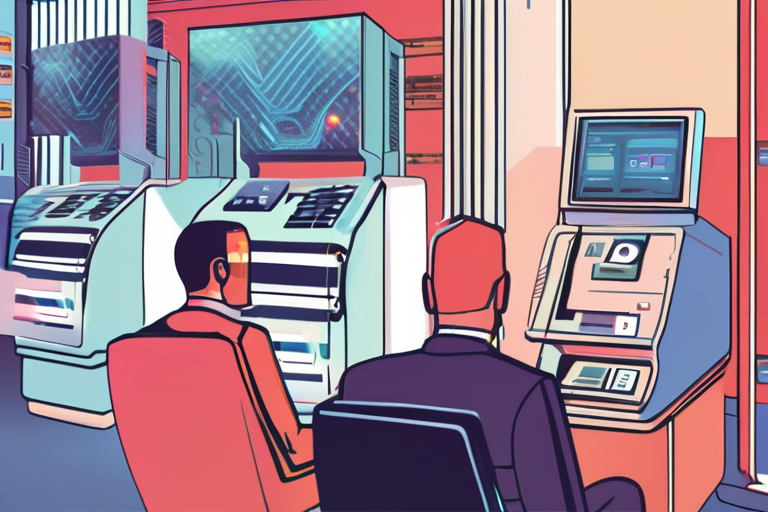
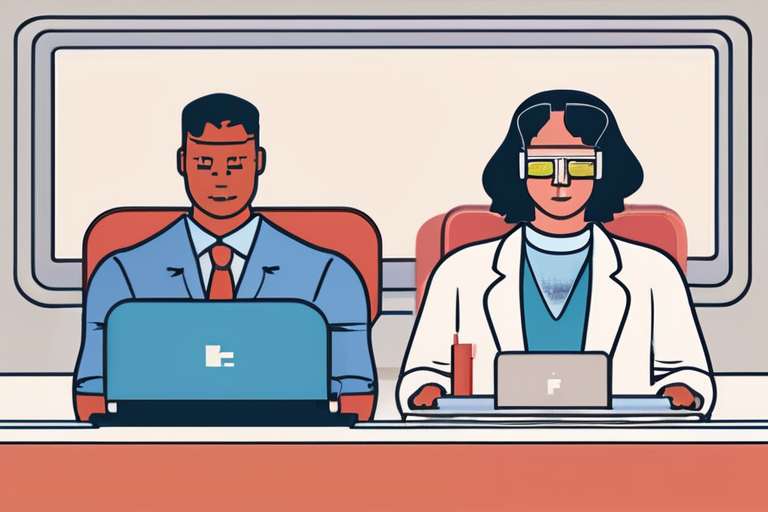
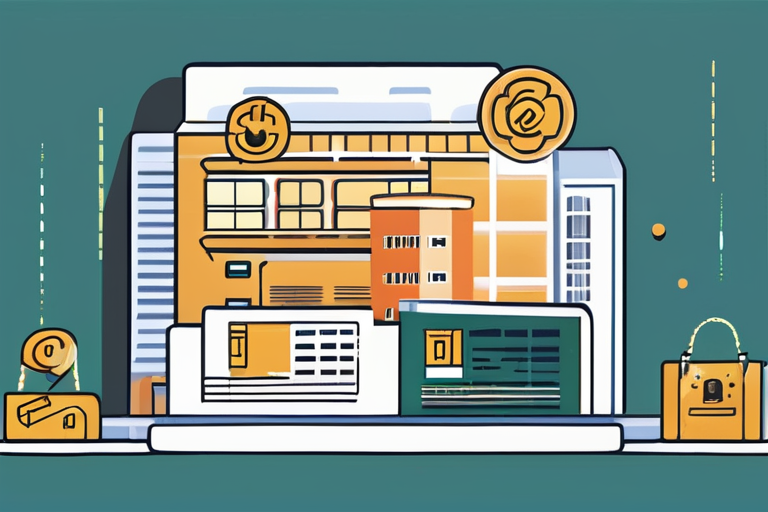
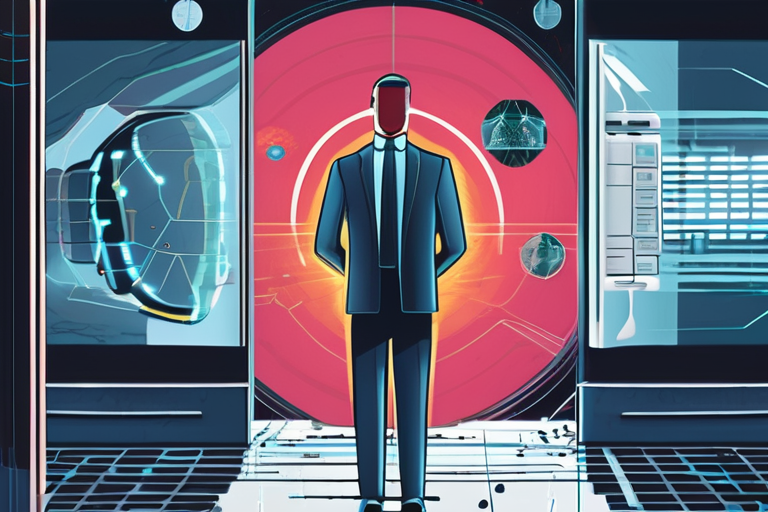
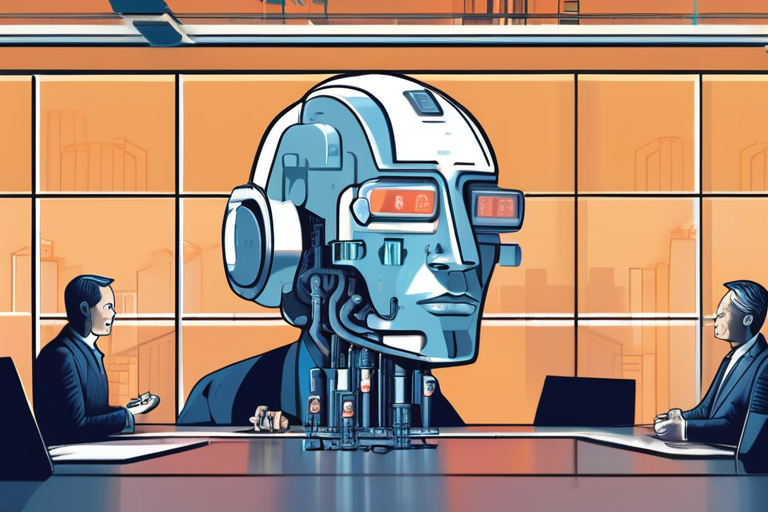
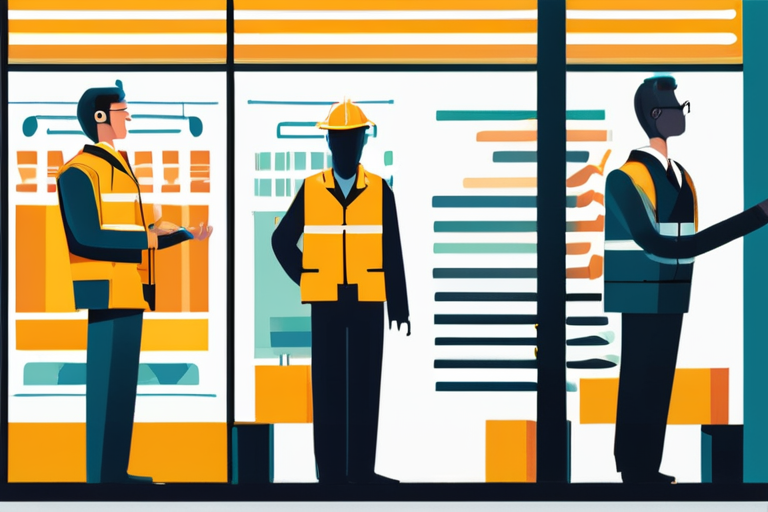
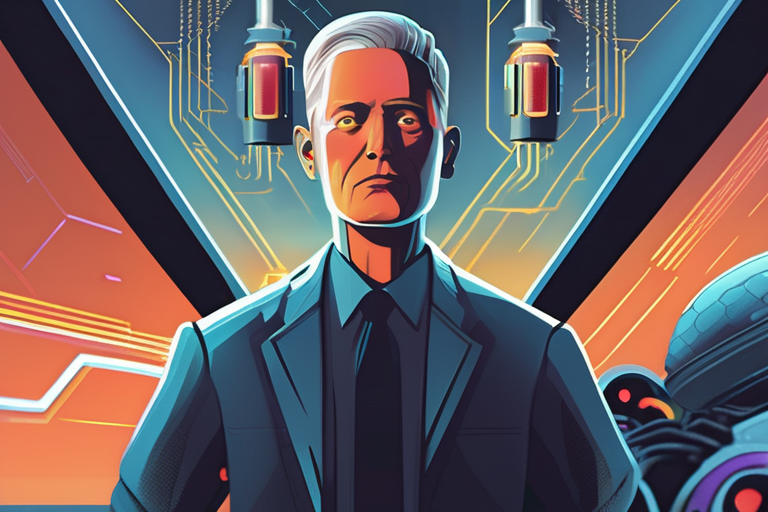
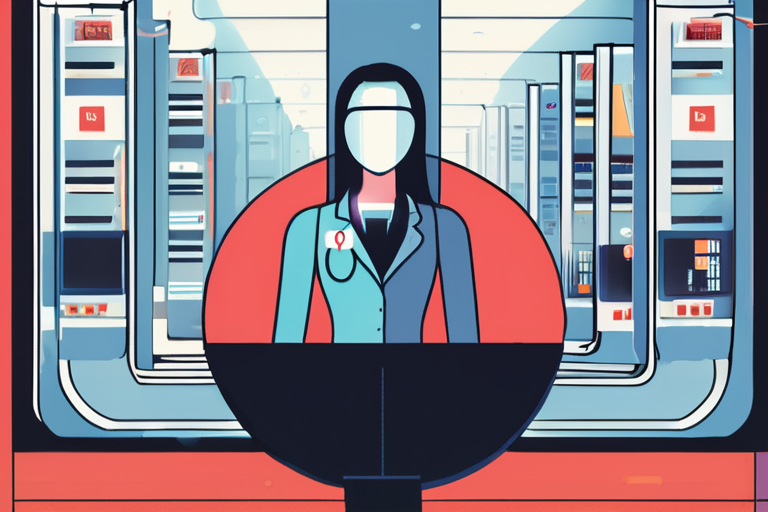
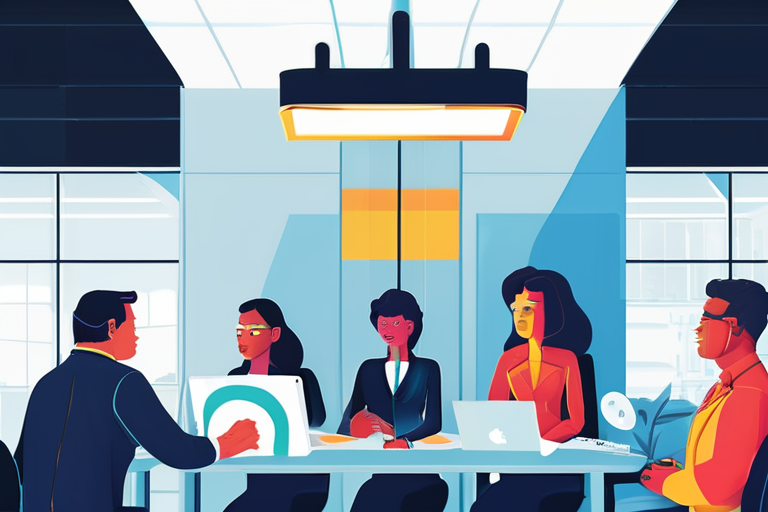
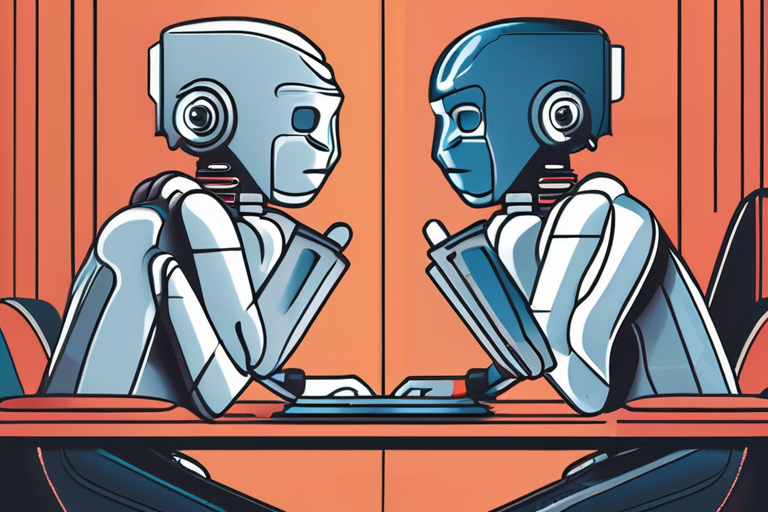
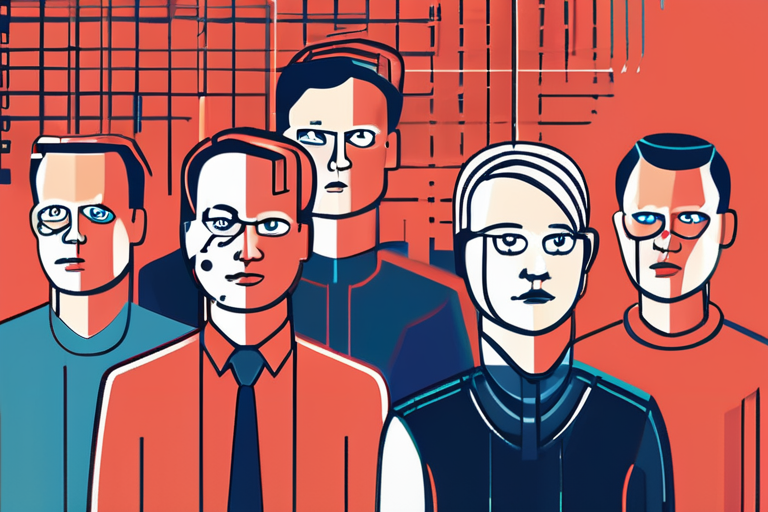
Share & Engage Share
Share this article